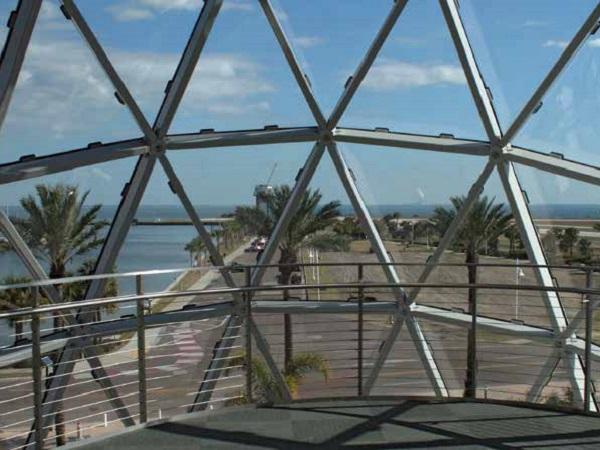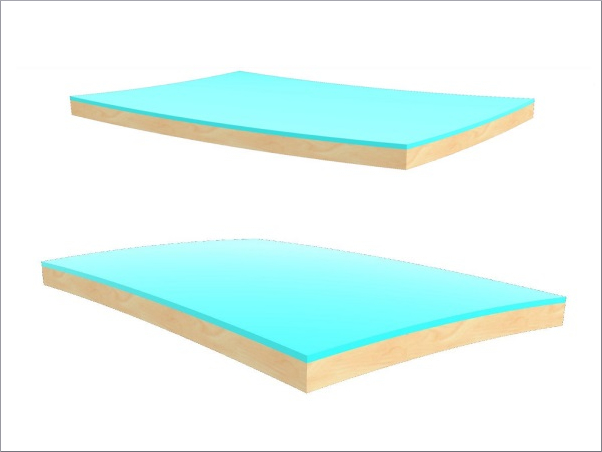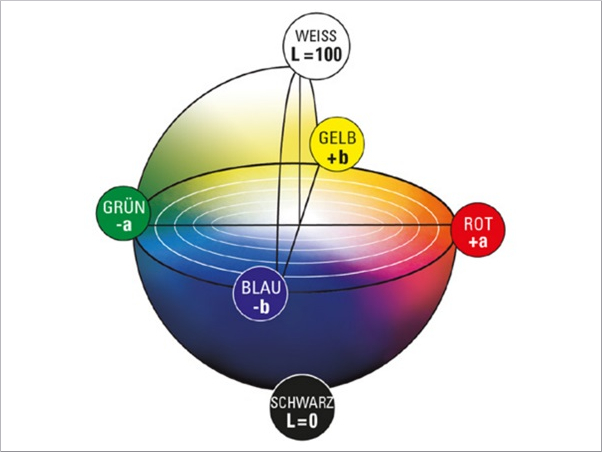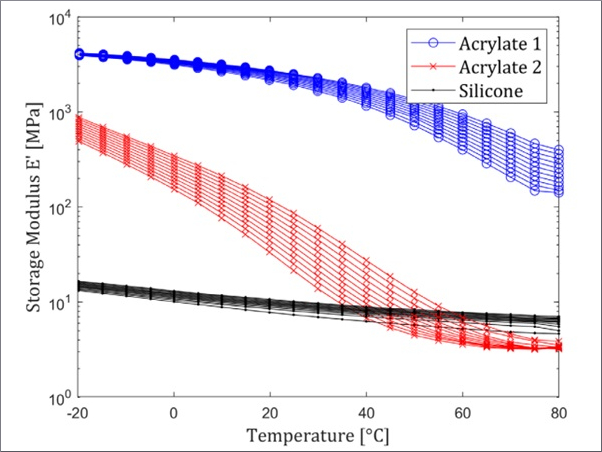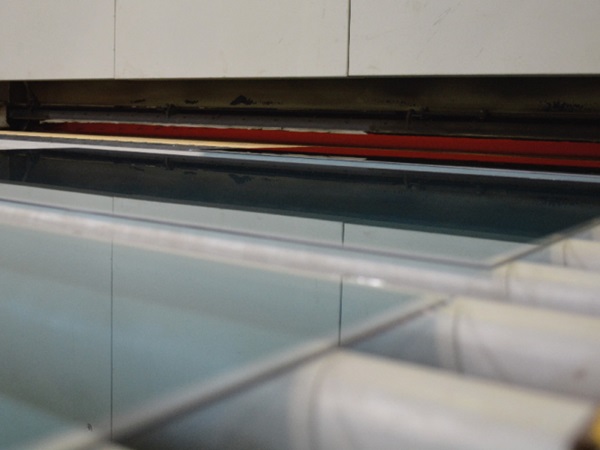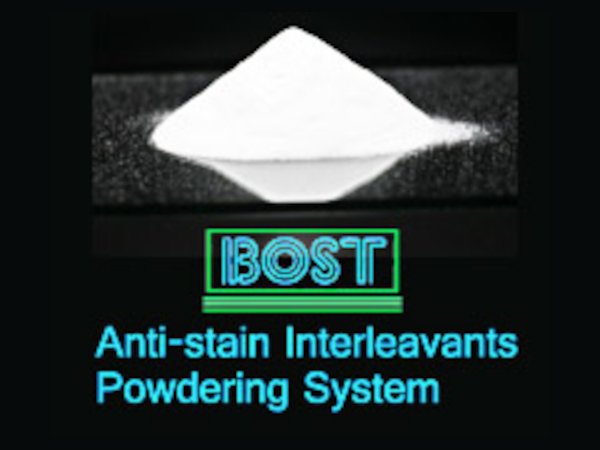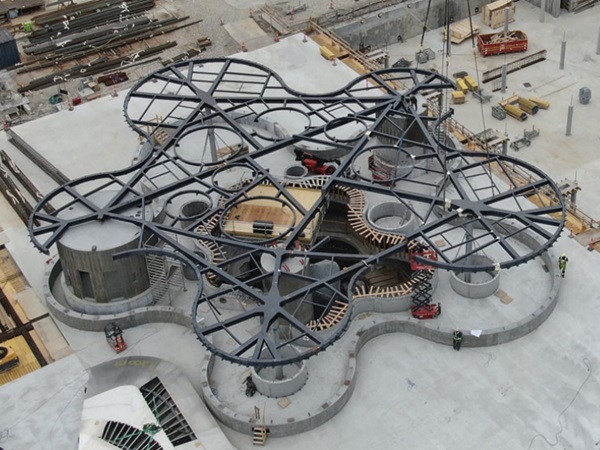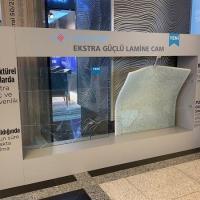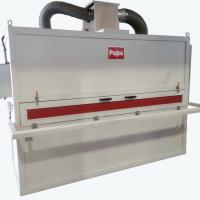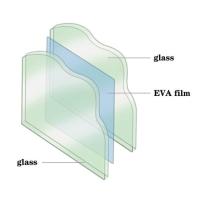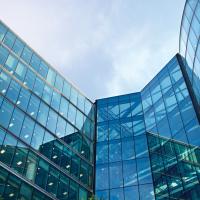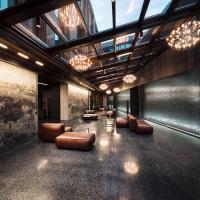The Dali Museum’s surreal art collection is on display in a new structure designed to resist coastal storms Located among rows of concrete buildings in hurricane-prone St. Petersburg, Florida, the new Dali Museum stands out. It’s a concrete and glass fortress protecting the museum’s highly valued Salvador Dali art collection from powerful hurricane winds and heavy wind-borne debris.
The museum’s striking use of exterior glass opens up the interior to brilliant Florida daylight, while creating broad views of sparkling Tampa Bay. The outside-comes-inside design effect creates a welcoming and well-lit space that’s perfect for displaying the work of an extraordinary artist.
Originally created in 1982, the Dalí Museum is home to the largest collection of artwork by Dalí outside of Europe. The collection features over 2,000 pieces of Dalí’s artwork from every period of his life. In early 2011, the museum was relocated onto the St. Peteresburg waterfront and reconstructed in a style more suiting to the 20th century surrealist artist that it pays homage to.
This new museum consists of a 17,7 m-(58-ft)-tall concrete box with two 75.5-ft-tall glazed glass structures “melting” over it, reminiscent of the melting clocks in Dalí’s The Persistence of Memory. The glass atriums, affectionately named the Enigma after Dalí’s The Enigma of Desire and the Igloo, are built with 1,062 unique triangular glass panels framed by 3,000 steel pieces. Inside, a soaring concrete spiral staircase connects the ground floor to the galleries on the third floor, leading all the way up to the roof of the glass atrium.
Yann Weymouth, head of the design team from HOK, explains, “Our challenge was to discover how to resolve the technical requirements of the museum and site in a way that expresses the dynamism of the great art movement that he [Dalí] led.”
The task of bringing HOK’s vision to life was assigned to Novum Structures. Novum used a free-form structural system and edge-clamped glass system to glaze the museum. The structural system uses double node technology to create complex forms from simple geometric components. The edge-clamped glass system allows for easy installation of glass panels in a variety of angles. This first-ever combination of the two systems made it possible for complex shapes to stand without support columns.
Novum used computer-numerically controlled (CNC) cutting equipment to shape each of the 1,062 unique glass panels. They ran tests to determine the needed glass configuration, glass panel thickness, interlayer thickness, and support system so that the museum could withstand strong hurricanes. Final laboratory testing showed that the Dali Museum is able to endure large and small missile impacts, water infiltration, and intense hurricane wind conditions.
The 457mm-(18-in.)-thick concrete walls of the museum ensure vault-like protection from the forces of nature, as does the SentryGlas® interlayer used in the glass that makes up the Enigma and the Igloo. Each glass panel is 38 mm (1.5 inches) thick and uses either SentryGlas® 1.52 mm (60 mil) interlayer or Kuraray Butacite® 1.52 m PVB interlayer.
Hurricane Codes and Missile Tests
The SentryGlas® interlayer is five times stronger than conventional laminating materials and is able to resist heavier winds and harder impacts. Therefore, it is used in lower locations, where the impacts would be greatest in a storm Hurricane-protection building codes require a passing a “large missile” test for these sections, simulating the impact of windstorm-driven pieces of lumber.
Protection That Comes with a View
The transparent glass of the Enigma and the Igloo opens the Dalí Museum interior up to the bright Florida sun, while providing a picturesque view of Tampa Bay. Visitors can view the works of the world’s greatest surrealist artist while enjoying the scenes outside, ensuring a memorable visit.
With a modern emphasis on sustainability, the Dalí Museum is designed to maximize water and energy savings. Rooms rely on maximum use of natural daylight. Insulated concrete walls provide thermal mass to the building, reducing temperature swings. The SentryGlas® ionoplast interlayer is used with low-E glass to create energy-efficient, thermally insulated glass.
While the artwork at the Dali Museum is delightfully surreal, the building that houses and protects that artwork is a very practical example of innovative hurricane protection. Novum’s use of glass at the Dali has helped transform the museum into a one-of-a-kind cultural attraction, creating a popular new St. Petersburg tourist and art lover destination.
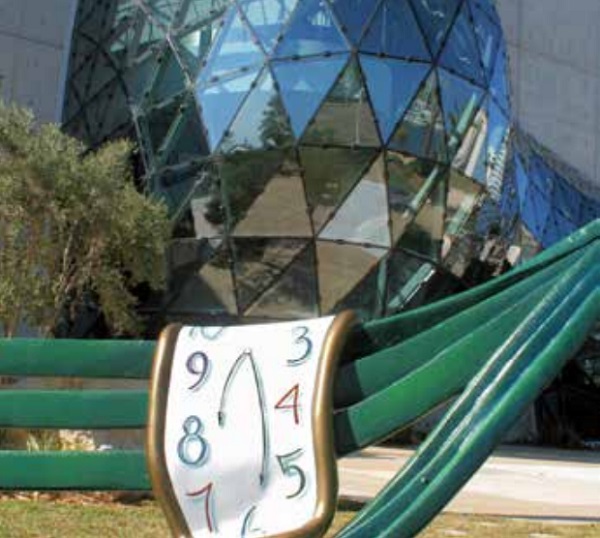
Photo courtesy of WUSF Public Media
Lighter façade panels enable more subtle supporting structures
For decades, interlayers made of polyvinyl butyral (PVB) have been the industry standard when producing laminated safety glass. Architects are well aware of the possibilities and limitations of such glass when used extensively in façade engineering, for roofing and window panels. In contrast, SentryGlas® enables an entirely new approach because the interlayer is over 100 times stiffer and five times stronger than PVB. As a consequence, there is an almost perfect transmission of load between two laminated sheets of glass, even at high temperatures, leading to the excellent flexural behavior of the glass when under load – also under direct sunlight in high summer. Accordingly, laminates with SentryGlas® show less than half the rate of deflection when compared to laminates with PVB, when under the same load, and thus almost the same behavior as monolithic glass of the same thickness.
As well as improved strength and stiffness, other benefits of SentryGlas® include:
- Safety: In the event of breakage, glass fragments remain firmly bonded to the interlayer, reducing the chance for injury
- Security: SentryGlas® can be used in glazing that withstands bullets, hurricane-force winds and even bomb blasts
- Durability: SentryGlas® is extremely durable and resistant to clouding, even after years of exposure
- Design Versatility: SentryGlas® can be used in glass manufactured flat or curved, including annealed, toughened, heat-strengthened, spandrel, wired, patterned and color tinted glass
- UV control: SentryGlas® is available with or without UV transmittance

